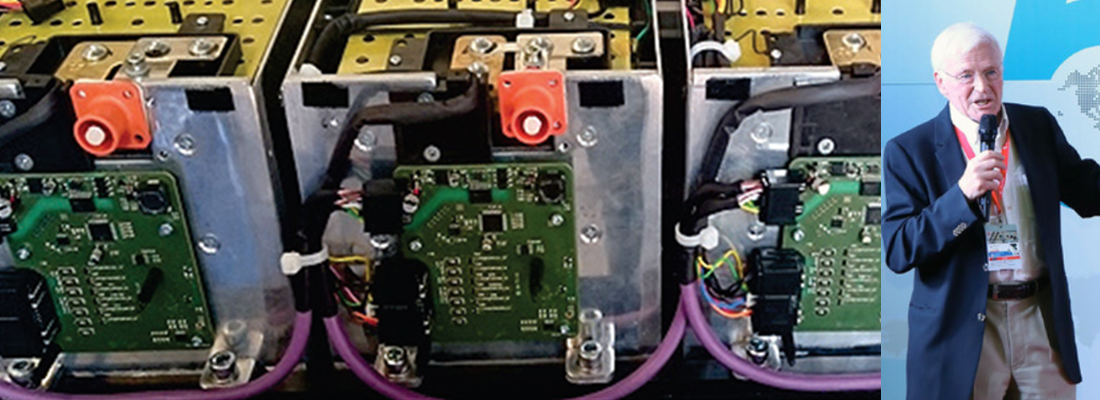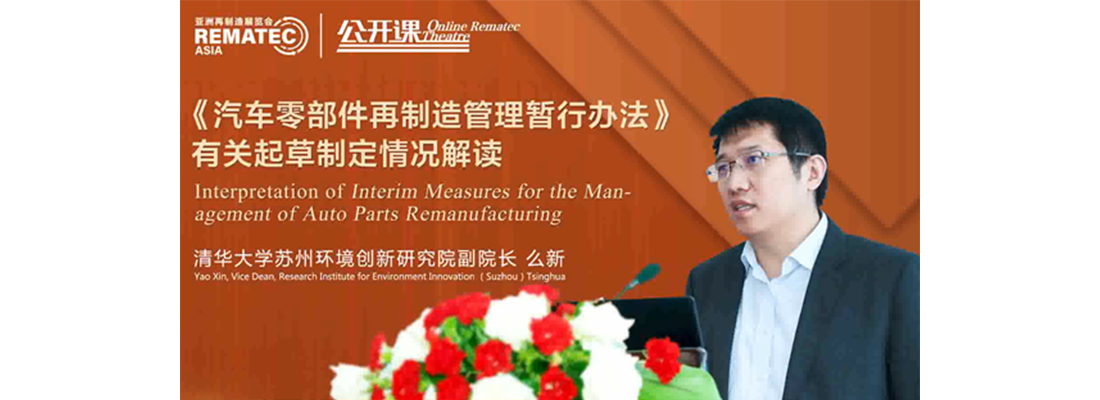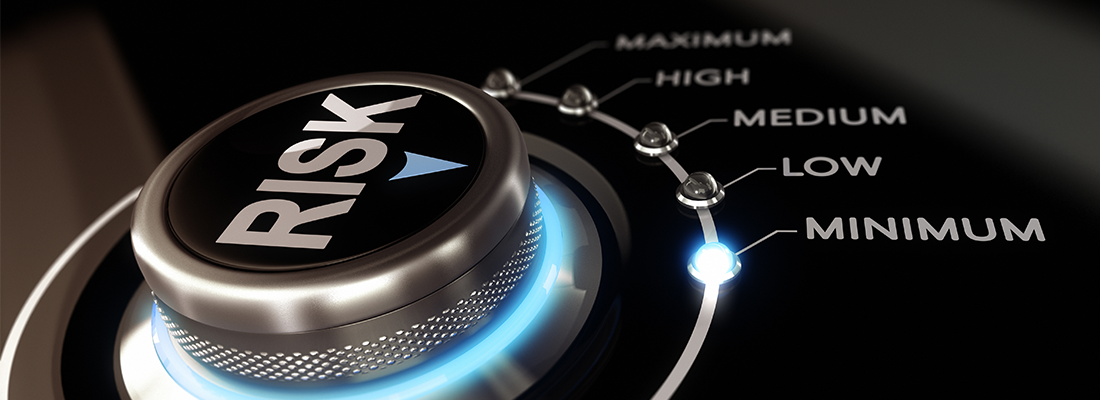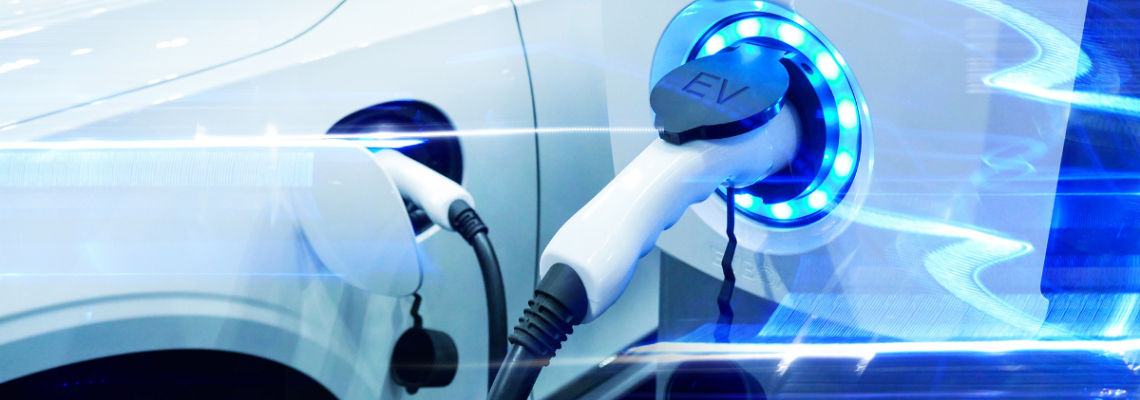Electric vehicle battery swapping
Battery Swapping is the process of replacing a discharged battery with a charged battery and placing it in a mother component (vehicle or bike), while keeping the discharged battery in a charging platform/station. This aids in the super-fast charging of batteries. This removes the range barrier for electric vehicles, allowing for the standardisation and interchangeability of batteries from multiple companies. The main issue with the entire setup is that if the battery dimensions differ from company to company, the technology may prove ineffective. To address this issue, the manufacturer must ensure that their battery, as well as other batteries, can perform their functions in the respective vehicles. The advantage of swapping technology is that instead of waiting for the battery's charging time to return to the destination, the owner can simply swap the battery with another fully charged battery within minutes and continue the journey.
Electric vehicle battery swapping market
The market for swapping technology is new, as ISO has introduced standards for electric vehicles. The problems with battery swapping technology include:
- Interchangeability: The manufacturer must ensure that the battery pack is interchangeable.
- Convenience: It can be removed without assistance.
- Infrastructure: It requires more investment than a charging station; it must ensure that the stored batteries charge quickly; and a reserve stock must be kept in case of a sudden increase in demand.
- Battery degradation: Continuous battery charging may degrade the quality of the owner's battery.
- Battery Ownership: Because people buy products/vehicles from different companies based on their preferences and trust in that brand, battery swapping technology may face significant challenges because the person must purchase and supplement the battery or use the original to swap.
A new partnership
Shell and Chinese electric vehicle company Nio have formed a joint venture to expand the number of charging and battery switching stations in China and Europe. The partnership will include a network of co-branded battery switching stations, starting with two trial locations in China. Shell and Nio intend to open one hundred sites in China. The two companies plan to "explore" potential locations for experimental battery swapping sites in Europe before expanding beyond that. Nio drivers will also have access to Shell's European charging network. The agreement also covers potential joint initiatives for fleet management, membership services, home charging services, technological advancement, and a charging network in China. While other businesses have struggled to develop a viable business plan, Nio has continued to invest in battery swapping, with a goal of having 700 stations operational. Nio began selling in Norway, its first market outside of China, with the goal of soon entering the European Union. The relationship with Shell paves the way for this by allowing clients to use the oil company's charging stations. Shell has invested heavily in EV charging because it believes the industry has passed peak oil. Mainly start-ups are emerging in this sector to meet customer needs rather than established players, demonstrating that people are willing to contribute to a sustainable future in addition to their own. The primary focus of battery technology is on the type of battery material that can be used to provide greater charging capacity, thereby increasing vehicle range.
Size and forecast
The European electric vehicle battery swapping market was valued at around US $ XX billion in 2023 and is expected to grow at a CAGR of XX percent by 2030. The European market includes major countries such as Germany, the Netherlands, Belgium, Italy, France, Spain, and the United Kingdom. Electric vehicle manufacturers are the main drivers of the increase in battery swapping stations. How will the battery swapping market thrive if they do not implement charging infrastructure with a battery swapping system in their vehicles? Only around 30 battery swapping stations are located throughout Europe. Better Place, Mitsubishi Heavy Industries, and Tesla have introduced battery swapping systems, and the Model S may be the only model to do so. Better Place was the first joint venture company to implement a battery swapping system, but it was liquidated in 2013. The benefits of using battery swapping systems, such as automation, refuelling in less than 5 minutes, no additional professional knowledge, and a transfer battery system, will promote interchangeability in battery design and standardisation. Battery swapping not only promotes electric mobility, but it also encourages the use of cloud storage systems because the service provider requires data storage.
Share your remanufacturing stories with us
Do you have an innovation, research results or an other interesting topic you would like to share with the remanufacturing industry? The Rematec website and social media channels are a great platform to showcase your stories!
Please contact our Brand Marketing Manager.
Are you an Rematec exhibitor?
Make sure you add your latest press releases to your Company Profile in the Exhibitor Portal for free exposure.





